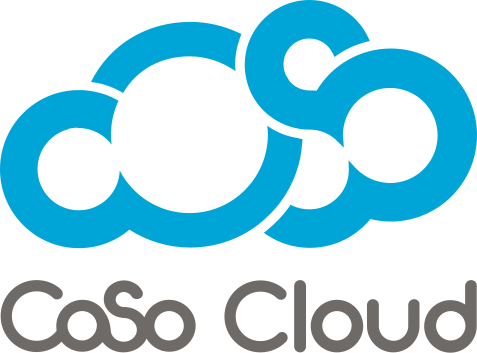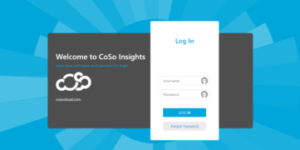
Gamification in College Primes Need for More Gamification in Workforce Training
March 14, 2019
If you’ve been holding out on blending gamification with your workforce training programs, it might be time to put on your gamer’s hat. Colleges, which tend to be late adopters, are now starting to use gamification to engage students in the classroom. As more students become accustomed to using point scoring, competition and other elements of gaming to learn, it will be up to employers to embrace the method in their training programs as today’s grads—who grew up playing games on their cell phones and laptops—take over tomorrow’s workforces.
While gamification—which can be used to drive higher and deeper engagement in everything from business applications, social platforms and marketing programs—has gotten lots of attention over the years, only 23% of organizations say they’re incorporating game-based learning in their training programs, according to the most recent EdTrends Report for Corporate Trainers. Meanwhile, the same report says half of today’s Generation Z (anyone born between the mid-1990s to the early 2000s)—which makes up a quarter of the U.S. population!—prefers game-based learning.
Of course, preferences is one thing—effectiveness is another. Anecdotally, you can say gamification works to engage the learner, grabbing their attention and holding it for increased knowledge retention. But with CoSo Cloud, you can combine our CoSo Cloud eSync EduGame Cloud Adobe Connect app with CoSo Insights, which delivers real-time insight into your eLearning performance, to determine the effectiveness of gamification and the overall ROI of your virtual training programs. Can incorporating custom quizzes, crosswords, and other gaming components in your training boost the engagement and overall success of your sessions? See for yourself!
Today’s organization competes in a knowledge economy. Competitive edge depends on information and effective application of that knowledge. That means information that is passed onto your workforce must be transferred in a way that maximizes receipt, retention and use of that information. Any disconnect that exists between the instructor and learner will work against knowledge being transformed into a capability, which in turn chips away at the positive impact a training session or program is supposed to have on productivity and revenue. Any edge an organization might have in the way knowledge is transferred is an automatic leg up on the competition.
If it’s true only a quarter of organizations are tapping into the power of gamification in their training programs, then there is an opportunity for leaping ahead of the competition with virtual training that renders your workforce smarter and more effective than your competitor’s workforce. Contact CoSo Cloud to learn more today!











